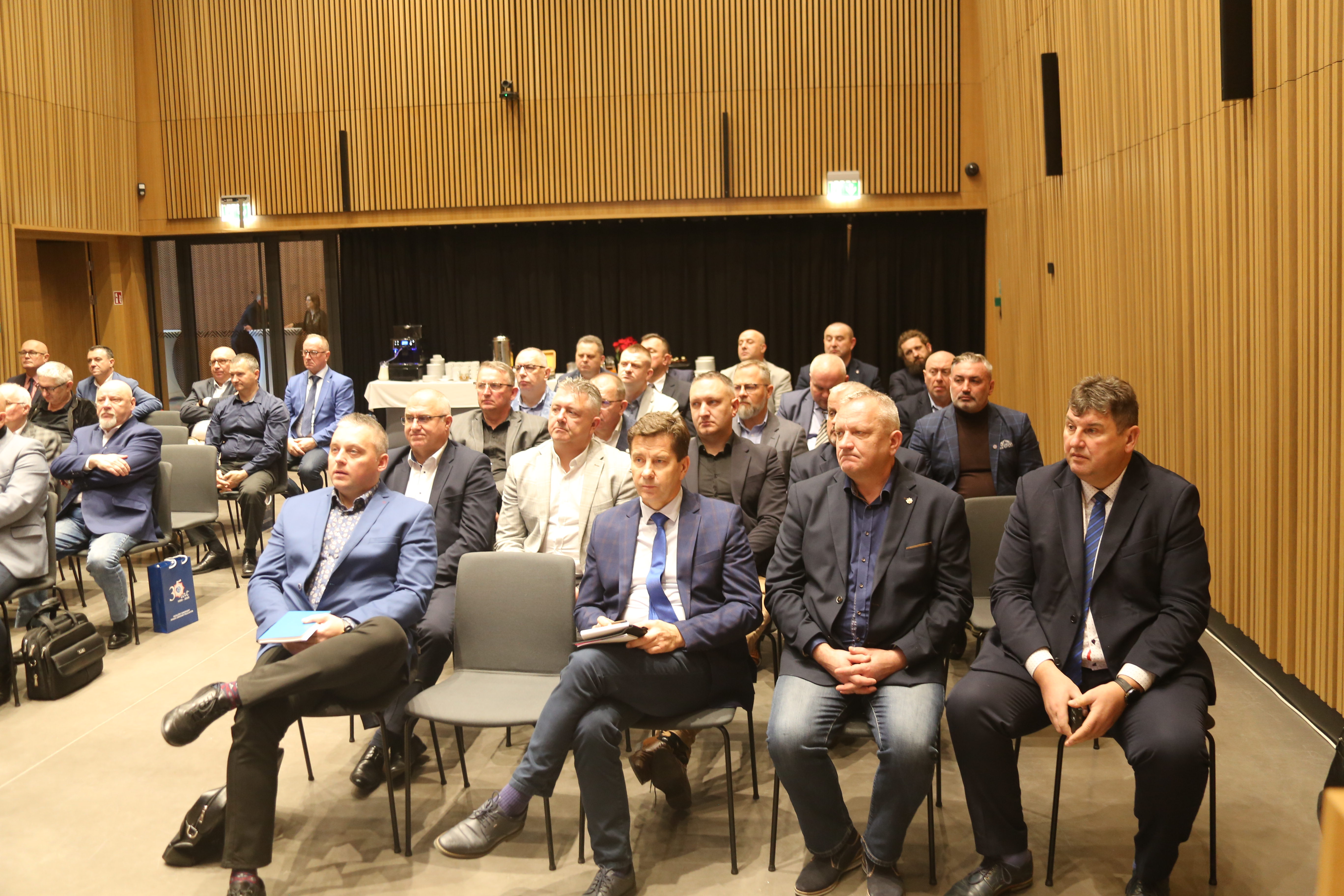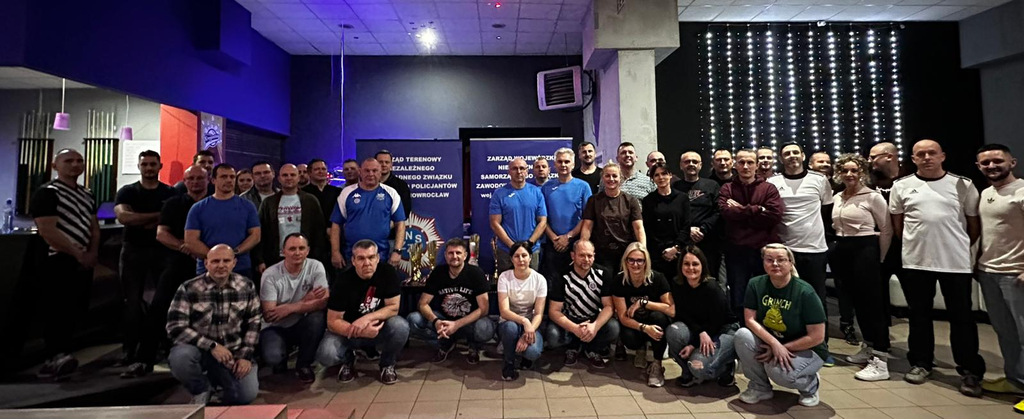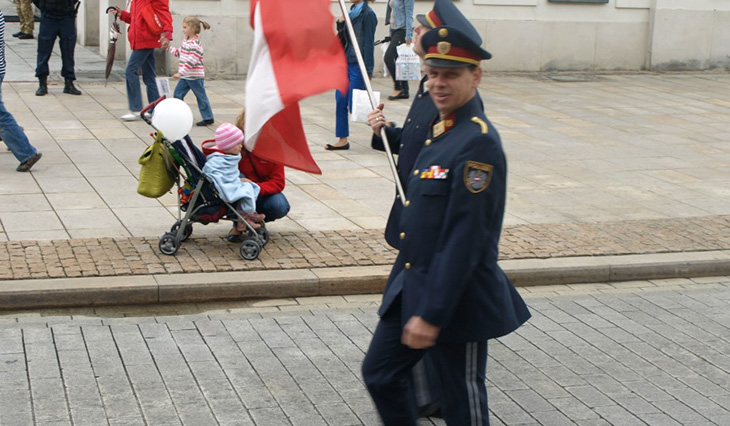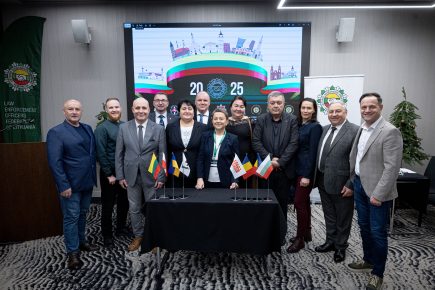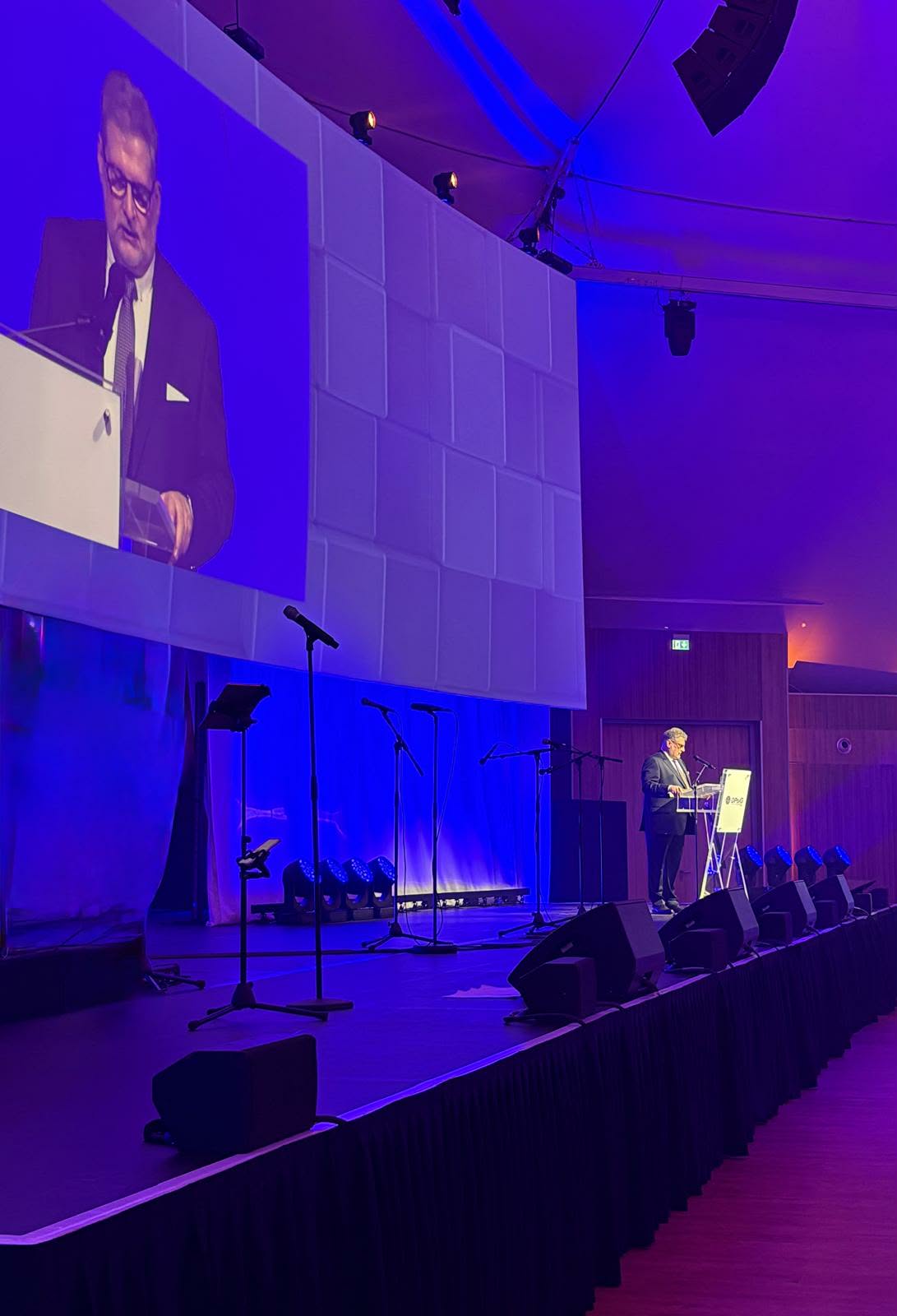Historical calendar: the anniversary of the start of the almost three-week conflict of Yellow Waters, in which Poles clashed with Cossacks and Tatars.
Today in our calendar we will look at the beginning of the Chmielnicki Uprising.
After Bohdam Chmielnicki fled to Sicz, he began intensive agitation among Cossacks and elders. His clever slogans combined with the communicative of individual harm and the revealed content of the letters caused a striking impression. Especially regretted the fall of the royal Turkish war project, which was thwarted by hated nobles and magnates.
Despite being very welcome to Sicza, Chmielnicki failed to boil among the Cossacks. It did not happen until February 1648, as a consequence of information about the march towards Sicha royal troops, to capture the renegade and to strangle the rebellion in the embryo. It besides had to be crucial to hear from the same period about giving Earth's Zadnieprz to Jeremy Wiśniowiecki.
Chmielnicki was not stupid – he knew that Cossacks alone could not cope with the royal and magnate armies, so in early March he sent a message to the Crimean Khan. There, thanks to Wladyslaw IV's letters, from which the threat of the Chanat was clearly apparent, he obtained all the aid he needed. The anti-Polish organization of Tuhaj-beja took over and Chan's decision was besides influenced by Chmielnicki's promise to turn to Islam. The first Tatar troops in the force of 6,000 riders moved to Sich. Soon, the remaining Khan armies would follow them.
Knowing of the inevitable outbreak of rebellion, the inept and alcohol-abuse hetman the large Crown Nicholas Potocki, divided his troops into 3 groups. The first group, under the command of Stanisław Szkolewski, sent along Dnieper to block the river movement, and the second group – under the orders of his boy Stefan, directed against the insurgents. With the 3rd group he remained personally, at the camp close Korsun. Hetman underestimated his opponent and called the Cossacks “hultainess”.
After all, he had no intention of waiting for the private troops of Wiśniowiecki, who set out from Łubniy for the first rumors of rebellion. Fatal sharing and so modest force was dictated by non-military reasons and ended in disaster. In the absence of the commander, Szczewski's squad went to the insurgents' side, and the forces of the young Stefan Potocki, who were actually led by Stefan Czarniecki and Jacek Szemberk, were surrounded by combined Cossack-Tatar forces under the Yellow Waters.
Polish troops counted only about 3,000 soldiers, and the opponent could number on 800 Cossacks and about 7,000 Tatars. This shows the actual face of the beginning of the uprising, the main force of which was the Crimean Tatars. The siege of the Polish camp lasted from 29 April to 16 May 1648. incapable to break his fortitudes, Chmielnicki bet on betrayal. On 14 May, the Cossacks of the registry escaped from the siege, resulting in the forces of the defenders degrading to about 1,000 men.
Negotiations were launched, during which the exhausted Polish side agreed to release all cannons for the price of free withdrawal. After handing over the department, Chmielnicki broke the truce, imprisoned Polish MPs and ordered the attack. The Poles repelled 2 storms and with only 400 soldiers capable of fighting, they formed a defensive rolling stock, thanks to which they planned to enter Krylov. During the march, they repulsed another 2 assaults of the overwhelming enemy forces. Unfortunately, the 3rd storm ripped the rolling stock and there was a pogrom.
The defenders were taken in a tatar jasyr, and Stefan Potocki died as a consequence of the wounds. During the battle, the Husar flag proved highly impressive, which, as an active component of the defense, repeatedly rescued the situation, counterattacking the enemy and inflicting considerable losses on him.
Having learned about the defeat and death of his son, Mikołaj Potocki stopped the march of his branch, and then withdrew back to Korsun, waiting for the reinforcements of Wiśniowiecki. By that decision, he issued crucial areas of the country for the uprising, which poured a wide stream into the news of the triumph at Yellow Waters. Chmielnicki's forces were joined by a mass peasantry and a group of deserters from private magnate troops.
The insurgency army thus reinforced moved on the Potocki and Kalinowski hetmans dug under Korsun. The full inability of the Polish command and the disputes between the captains led to another defeat. After a short preliminary fight, it was decided to retreat utilizing rolling stock, but it was broken by an ambush organized by Maxim Krzywonos.
All Crown forces were defeated, and the full Ukraine stood open to rape, plunder and slaughter. In Niemirów alone, the Cossack killed about 6,000 Jews. The scale of horror was increased by the unexpected death of King Władysław IV, who introduced additional chaos in the leadership circles of the Republic of Poland.
Finally, it is worth recalling scenes from the movie “Fire and Sword” directed by Jew George Hoffmanwhich presented a completely falsified image of the conflict of Yellow Waters. Hoffman showed Poles as fools who sat in the rain on horses in full armor to then die in the mud, during a meaningless charge. He showed neither the betrayal of the registered or heroism of defenders, fighting respective days against a repeatedly stronger opponent.
The decisive assault on Polish camp is besides pure fiction. Poles no longer had a department, taken over by Chmielnicki, and defended themselves in a moving rolling stock.
The question is why the conflict is shown in specified a false way in the film, is inactive unanswered, though many guess it.
Previous entry from our calendar is available Here..











